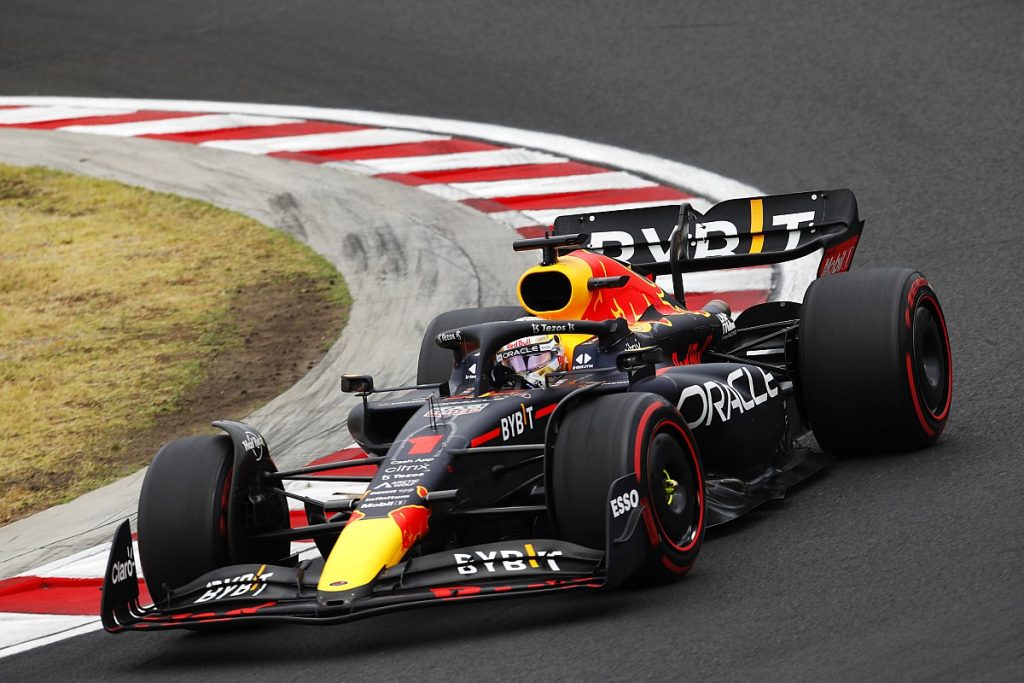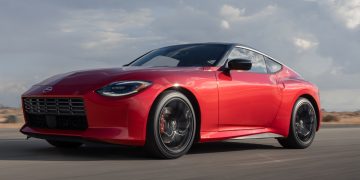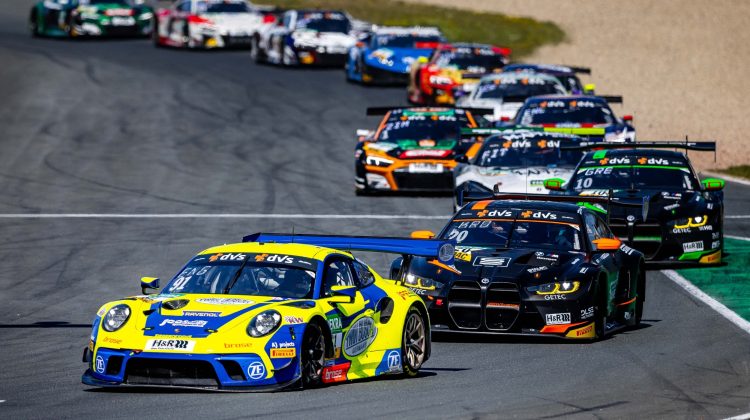The world of motorsport has long been intertwined with the development and evolution of the automobile industry. From the early days of racing to the high-tech, cutting-edge competitions of today, the influence of racing culture on the global automotive industry is undeniable. Motorsport has driven innovation, influenced vehicle design, and shaped consumer expectations, impacting everything from performance and safety features to aesthetics and marketing strategies. In this article, we will explore how racing culture has not only defined the direction of car manufacturers but also influenced the models available to everyday consumers.
1. Racing: The Birthplace of Automotive Innovation
Racing is often seen as the proving ground for automotive technology. High-speed competitions push vehicles to their limits, and in doing so, they force manufacturers to develop solutions to meet the extreme demands of the sport. Over the years, several advancements in vehicle technology have been first seen on the racetrack before making their way to production cars.
A. The Early Days: Racing and the Birth of the Automobile
Motorsport and automobiles have been linked since the very beginning of the automotive era. The very first “race” of an automobile is generally recognized as the 1894 Paris-Rouen race, which featured a variety of carriages powered by internal combustion engines. While the race was more of a demonstration than a competitive event, it highlighted the potential of motor vehicles and sparked the growing interest in using them for speed and performance.
As automobile technology progressed, racing events such as the Monte Carlo Rally, Le Mans 24 Hours, and Formula 1 became focal points for manufacturers to showcase their innovations. These early races weren’t just about speed; they were about demonstrating the engineering capabilities of the vehicles and pushing the boundaries of what was thought possible in terms of both design and performance.
B. Pioneering Technologies on the Track
Over the years, many automotive technologies that are now common in production vehicles first emerged from racing. Some of the most significant include:
- Aerodynamics: Early racing cars, such as those used in Formula 1, often featured streamlined body shapes designed to reduce drag and increase speed. This focus on aerodynamics was later adopted by road cars, with manufacturers like Porsche and Ferrari introducing sleek, aerodynamic designs that would improve fuel efficiency and driving performance.
- Tires and Suspension: Racing also led to major advances in tire technology. The development of radial tires, which offer better grip and handling, was initially a result of motorsport requirements. The suspension systems used in racing cars were also refined to improve handling at high speeds, and these innovations made their way to consumer vehicles, making them more stable and comfortable to drive.
- Fuel Efficiency and Engine Technology: Motorsport has often been at the forefront of engine technology, particularly in the development of high-performance engines. Techniques such as turbocharging, intercoolers, and fuel injection were initially tested in racing environments before becoming widely available in consumer vehicles. These technologies have had a profound effect on everyday cars, enhancing both their power and efficiency.
- Safety Features: While racing is inherently dangerous, it has been the driving force behind many of the safety innovations seen in modern cars. From the introduction of the seatbelt and roll cage to advanced crash testing and the deployment of airbags, many features we take for granted today were first developed or refined in the world of motorsport. Racing’s relentless pursuit of safety has resulted in better protection for everyday drivers.
2. Motorsport’s Influence on Consumer Car Design
Racing has not only influenced the development of individual automotive technologies but also the overall design philosophy of production vehicles. As manufacturers sought to bring the excitement of motorsport to the mass market, they introduced performance-oriented design elements into consumer models, influencing everything from aesthetics to functionality.
A. Performance-Inspired Vehicles
From the 1960s onwards, manufacturers began developing performance-oriented road cars inspired by the technology and designs used in racing. These cars, often referred to as “street versions” of racing models, were intended to offer consumers a taste of the excitement and thrill found on the racetrack. Some iconic examples include:
- The Ford Mustang (1964): Inspired by the success of the Ford GT40 in racing, the Ford Mustang brought the world of performance racing to everyday consumers. The Mustang was built with high performance in mind but was also accessible to the average driver, symbolizing the fusion of racing culture and consumer car design.
- Porsche 911 (1964): With its roots in motorsport, the Porsche 911 was designed with a race-inspired chassis and lightweight body, delivering exceptional handling and performance on both the track and public roads. Over the years, the 911 has remained a symbol of performance, offering street versions that borrow heavily from the brand’s racing pedigree.
- Chevrolet Corvette (1953): Born from the world of racing, the Corvette became America’s sports car, combining high-speed performance with eye-catching design. Its origins lie in the pursuit of race victories, and the Corvette has been continuously updated with technology originally tested on the racetrack.
B. Design Language: From the Track to the Street
Beyond performance, racing culture has significantly influenced the design language of many cars. Manufacturers often use racing-derived design cues to communicate their car’s sporty capabilities, even if the vehicle is not intended to compete on the racetrack. This includes:
- Aggressive Styling: Many modern vehicles, especially sports cars and performance models, borrow styling elements from motorsport, such as wide body designs, rear spoilers, and vented hoods. These design features, while functional on the track, are also incorporated into consumer vehicles to give them a more aggressive, performance-oriented appearance.
- Lightweight Materials: Racing cars are often built using lightweight materials such as carbon fiber, aluminum, and magnesium to improve speed and handling. These materials have been adapted for use in consumer cars, especially in high-performance models, where reducing weight can significantly improve acceleration and fuel efficiency.
- Driver-Centric Cockpits: Many modern performance cars are designed with a “driver-focused” layout, with controls and features arranged to optimize driving experience. This philosophy comes directly from racing cars, where everything is optimized for the driver’s needs, including highly responsive steering, advanced driver displays, and adjustable seating positions.
3. The Impact of Motorsport on Marketing and Brand Identity
Motorsport has also played a crucial role in shaping the marketing strategies and brand identities of car manufacturers. Automakers use motorsport as a way to showcase their engineering prowess, highlight their technological innovations, and build brand loyalty among fans and consumers.
A. Brand Identity and Performance Legacy
For many manufacturers, participation in racing has become synonymous with brand identity. Brands like Ferrari, Porsche, and Lamborghini have built their identities around high-performance vehicles and have used motorsport as a tool to reinforce their image. The link between these brands and racing culture has created an aura of exclusivity, luxury, and performance, which appeals to both motorsport enthusiasts and everyday consumers.
- Ferrari: Ferrari’s long-standing association with Formula 1 racing has solidified its reputation as one of the most prestigious sports car manufacturers in the world. The Ferrari name is synonymous with racing excellence, and this heritage has been instrumental in driving consumer demand for their road cars, which are often seen as “track-ready” by default.
- Porsche: Porsche’s success in endurance racing, particularly at the 24 Hours of Le Mans, has played a crucial role in defining its performance-oriented brand image. The 911, a direct descendant of Porsche’s racing cars, has become a symbol of precision engineering and has consistently appealed to car enthusiasts around the world.
- Lamborghini: Lamborghini, although less focused on traditional racing, has used its presence in motorsport to showcase its engineering capabilities. The brand’s emphasis on power, speed, and extreme performance is reflected not only in its cars but also in its limited involvement in motorsport activities, which enhances the allure of its street vehicles.
B. Racing as a Marketing Tool
Motorsport has become a powerful marketing tool for manufacturers, who use it to attract attention, boost brand visibility, and create emotional connections with consumers. The excitement, drama, and glamour associated with motorsport help to generate public interest and position manufacturers as innovators in the automotive world. Manufacturers use racing sponsorships, endorsements, and marketing campaigns to promote their consumer vehicles, capitalizing on the prestige and success of their motorsport involvement.

4. The Future of Motorsport and Its Continued Influence on the Automobile Industry
As the automotive landscape continues to evolve, so too does the role of motorsport in shaping the industry. With the rise of electric vehicles (EVs) and the increasing focus on sustainability, racing events are beginning to reflect these changes.
A. Formula E and Electric Motorsport
Formula E, the electric car racing series, is an example of how the motorsport world is evolving to meet the demands of the future. As manufacturers shift toward producing electric vehicles, Formula E has become a platform for showcasing electric vehicle technology, providing valuable insights into battery technology, energy efficiency, and vehicle performance that can be applied to production cars. Brands like Audi, BMW, and Jaguar are heavily involved in Formula E, using it to refine their EV offerings.
B. The Rise of Autonomous Racing
Another exciting development is the rise of autonomous vehicle racing. Series like Roborace are pushing the boundaries of AI and autonomous driving technology, with cars controlled entirely by algorithms rather than human drivers. As autonomous technology moves closer to mainstream adoption, racing will serve as an important testing ground for self-driving car systems and AI innovations, ultimately influencing the design and features of autonomous consumer vehicles.
5. Conclusion: Racing Culture’s Lasting Legacy
The symbiotic relationship between motorsport and the automotive industry has created a dynamic and innovative landscape that continues to shape the way we design, manufacture, and drive cars. From engineering breakthroughs to marketing strategies, racing culture has been an integral part of the global automotive industry. Whether through high-performance vehicles, safety innovations, or brand identity, motorsport’s influence is undeniable. As the automotive world evolves, racing will continue to play a vital role in shaping the future of car design and driving experiences.


































Discussion about this post